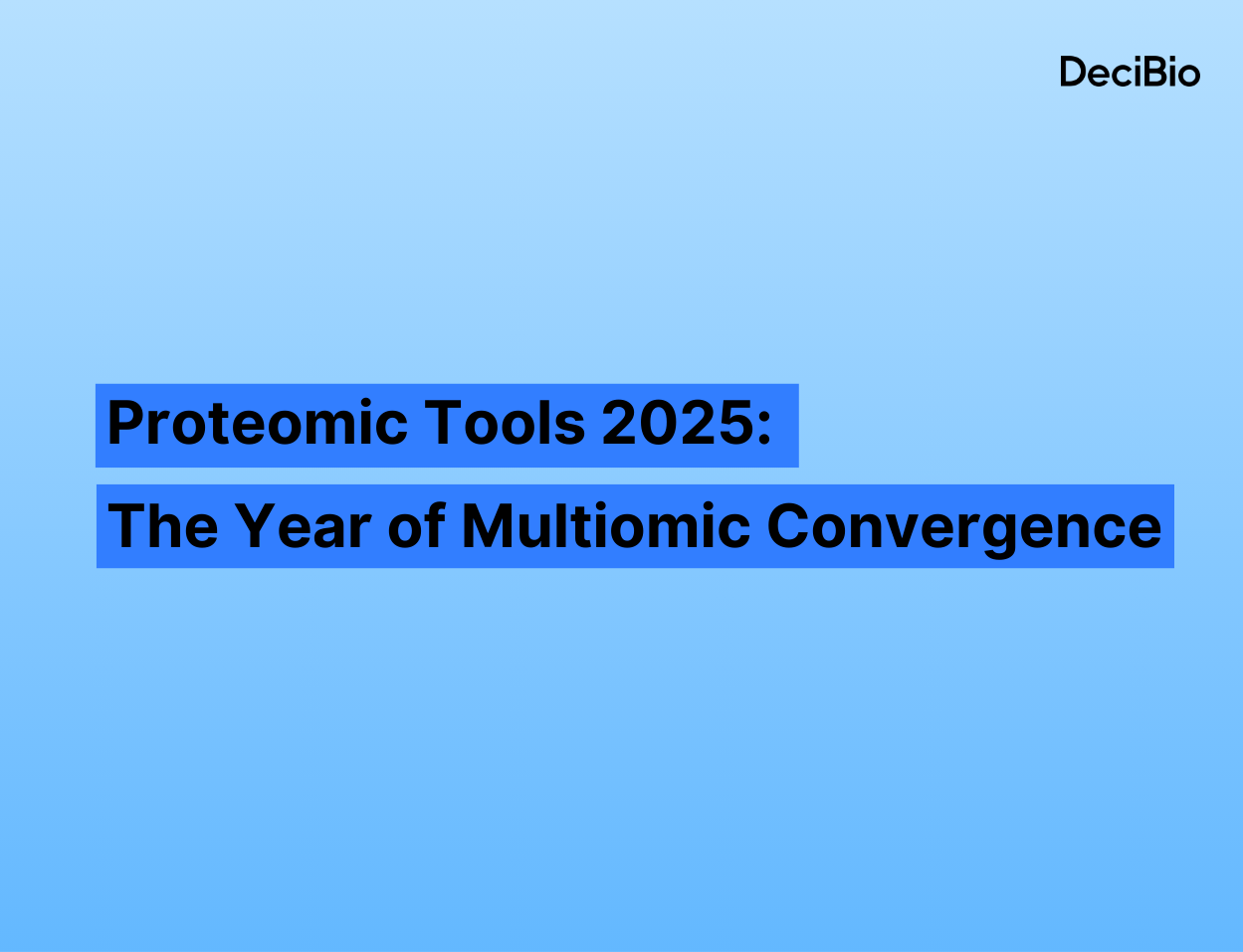Los Angeles, CA July 14th 2014 – Last week, DeciBio released the 3rd edition of its life sciences research tools report.Report highlights:We forecast that the life sciences research tools market will grow from ~$41.4 billion in 2013 to $49.2 billion in 2017 (excluding the in vitro diagnostics market). Growth is expected to be driven primarily by applied market customers that we estimate are growing in the low double digits, in sharp contrast to the low single digit growth we forecast for academic and biopharma customers.Our analysis suggests that the genomics research tools market was ~$6.9 billion in 2013, and forecasted to reach $8.6 billion in 2017. Growth will be driven primarily by 2 key technologies: next generation sequencing (NGS) and digital PCR (dPCR).NGS2 years ago, we made aggressive growth forecasts for the NGS market, and received a fair amount of pushback from industry analysts and other experts in this space. However, we were proven right, and growth in the genomics research tools market continues to be driven most notably NGS. This trends shows no sign of slowing down. We forecast that the NGS market will grow just shy of 20% over the next 4 years, driven in large part by continued aggressive adoption in clinical settings as laboratory developed tests (LDTs) and applied markets (e.g., with forensics kick in in the out years).As expected, growth in NGS has been largely to the expense of Sanger sequencing and microarrays, both declining in the single digits, although at significantly different rates.Interestingly, the deluge of data generated by NGS appears to have generated a renewed interest in proteomics. This feedback was consistent among the ~40 experts we interviewed for this report.dPCRSimilarly, in the 2012 version of this report, we estimated that the (at the time very nascent) dPCR market would reach $250 million in 2016. Our update analysis reveals that the market will surpass $100 million in 2014, and reach ~$300 million in 2017, essentially in line with our former assumptions.We’re looking forward to evaluating the validity of these forecasts in 4 years!Please contact Stephane Budel if you have any questions about this report.---

Author: Stephane Budel, Partner at DeciBio, LLCConnect with Stephane Budel on Google+https://plus.google.com/+StephaneBudel



.png)


